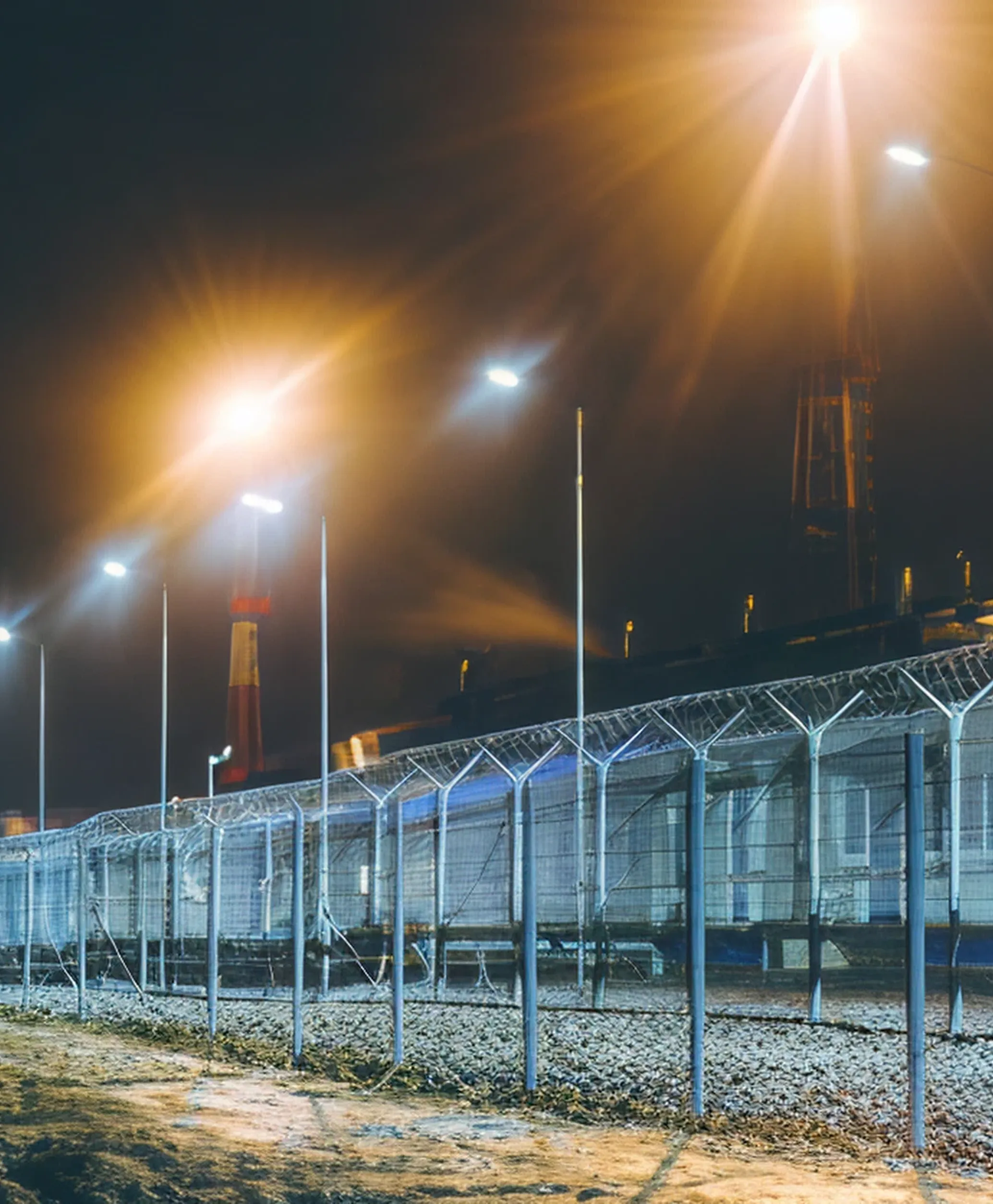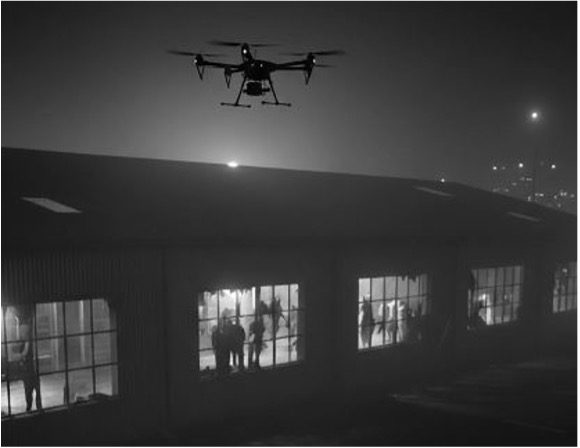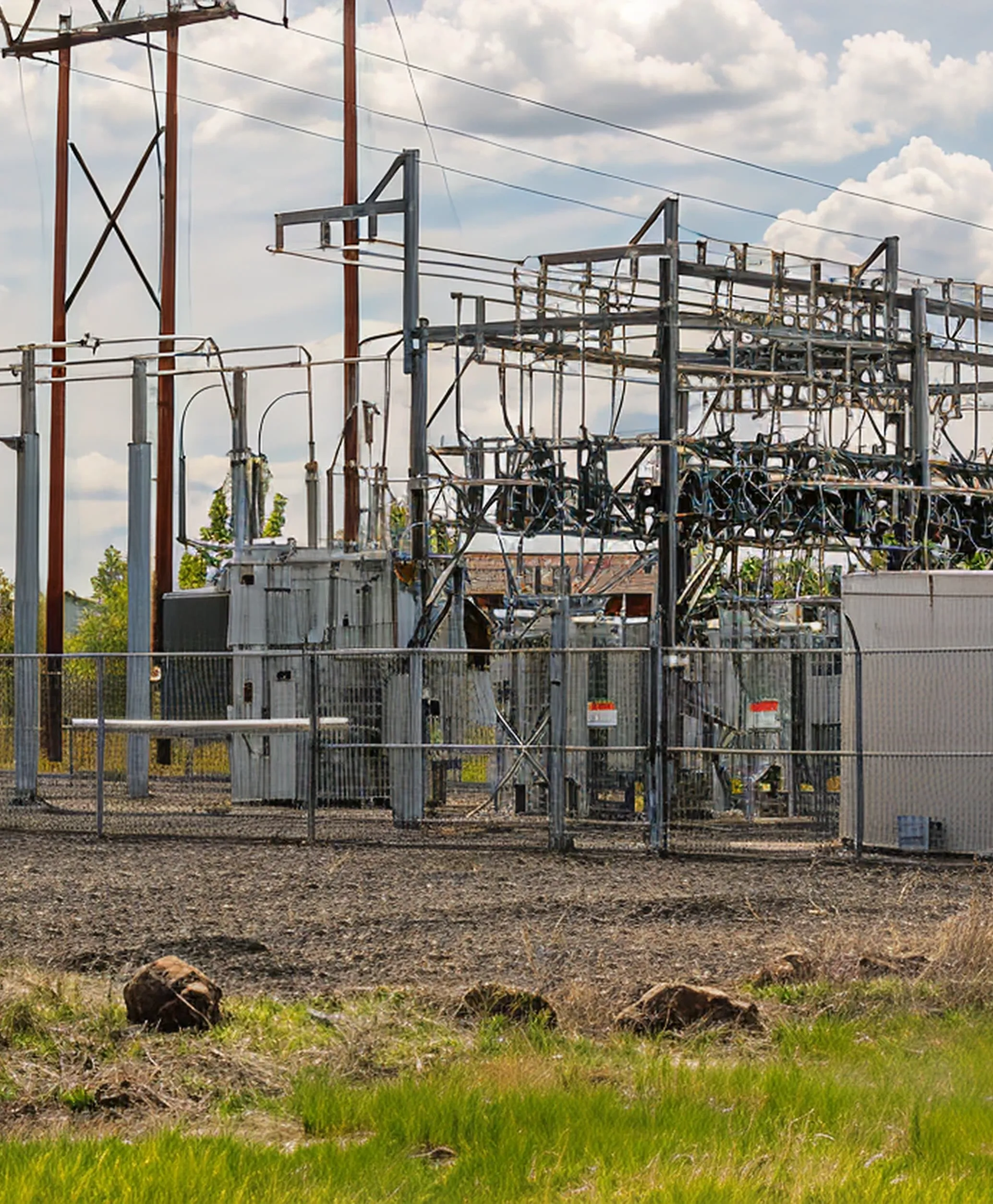Problem: Every day, security teams across critical infrastructure facilities watch helplessly as threats materialize at their perimeter. By the time alarms sound and response teams mobilize, intruders have already breached outer defenses, drones have completed reconnaissance missions, and valuable response time has evaporated. Despite billions invested in security technology, most systems remain fundamentally reactive—designed to document incidents rather than prevent them.
Agitation: This reactive approach is costing organizations more than just money. When a security breach occurs at a power plant, water treatment facility, or airport, the consequences ripple through entire communities. Emergency response teams arrive minutes after critical damage is done. Insurance claims skyrocket. Public trust erodes. Yet security directors continue investing in the same passive technologies that failed to prevent the breach in the first place.
Solution: The answer lies in understanding why the industry clings to reactive security—and how forward-thinking organizations are breaking free from this costly cycle.
The Reactive Security Trap
The security industry’s obsession with passive protection stems from several deeply rooted factors. First, traditional security thinking has always been evidence-focused. Cameras record incidents, sensors detect breaches after they occur, and alarm systems notify responders when it’s already too late. This documentation-centric approach satisfies insurance requirements and legal compliance but does little to actually prevent threats.
Second, the technology infrastructure has historically supported reactive responses. Most security systems were designed around the concept of perimeter defense—building walls and hoping they hold. When threats evolved beyond simple fence-jumping, the industry responded by adding more cameras and sensors rather than reimagining the fundamental approach.
Third, there’s a psychological comfort in reactive security. It feels comprehensive to have extensive camera coverage and detailed incident reports. Security managers can point to their monitoring capabilities and response protocols, creating an illusion of control while remaining vulnerable to determined threats.
The Hidden Costs of Waiting
Passive security creates a dangerous false economy. Organizations invest heavily in sophisticated monitoring systems, yet still face the same fundamental vulnerability: threats must materialize before the security system engages. This approach generates several hidden costs:
Response Time Deficits: Even the fastest response teams need precious minutes to assess, mobilize, and reach the threat location. During this window, determined intruders can cause irreversible damage to critical infrastructure.
Escalation Expenses: Reactive security often requires human intervention at the most dangerous moments. Security personnel must physically confront threats that could have been deterred earlier in the threat timeline.
Reputation Recovery: Organizations that experience security breaches face years of reputation rebuilding, regulatory scrutiny, and stakeholder confidence restoration—costs that far exceed proactive prevention investments.
The Proactive Security Revolution
Leading security professionals are embracing proactive approaches that engage threats before they reach critical assets. This shift involves extending security perimeters beyond physical boundaries and implementing systems that actively deter rather than simply detect.
Proactive security operates on four key principles: DETECT threats at extended ranges, DENY access before breaches occur, DETER through visible security presence, and DELAY threat progression to buy response time. This approach transforms security from a reactive documentation system into an active threat prevention network.
Modern proactive technologies can identify and engage potential threats at distances measured in kilometers rather than meters. By alerting both security teams and potential intruders that they’ve been detected, these systems often cause threats to abandon their efforts entirely—the most cost-effective security outcome possible.
Breaking Free from Reactive Thinking
The security industry’s focus on passive protection reflects outdated thinking about threat engagement. Organizations ready to move beyond reactive security are discovering that proactive threat prevention delivers superior protection at lower total costs.
Ready to transform your security approach from reactive to proactive? Contact Luminous Pillar to learn how active security lighting can extend your perimeter and engage threats before they become incidents. Visit luminouspillar.com or call (972) 786-6771.



